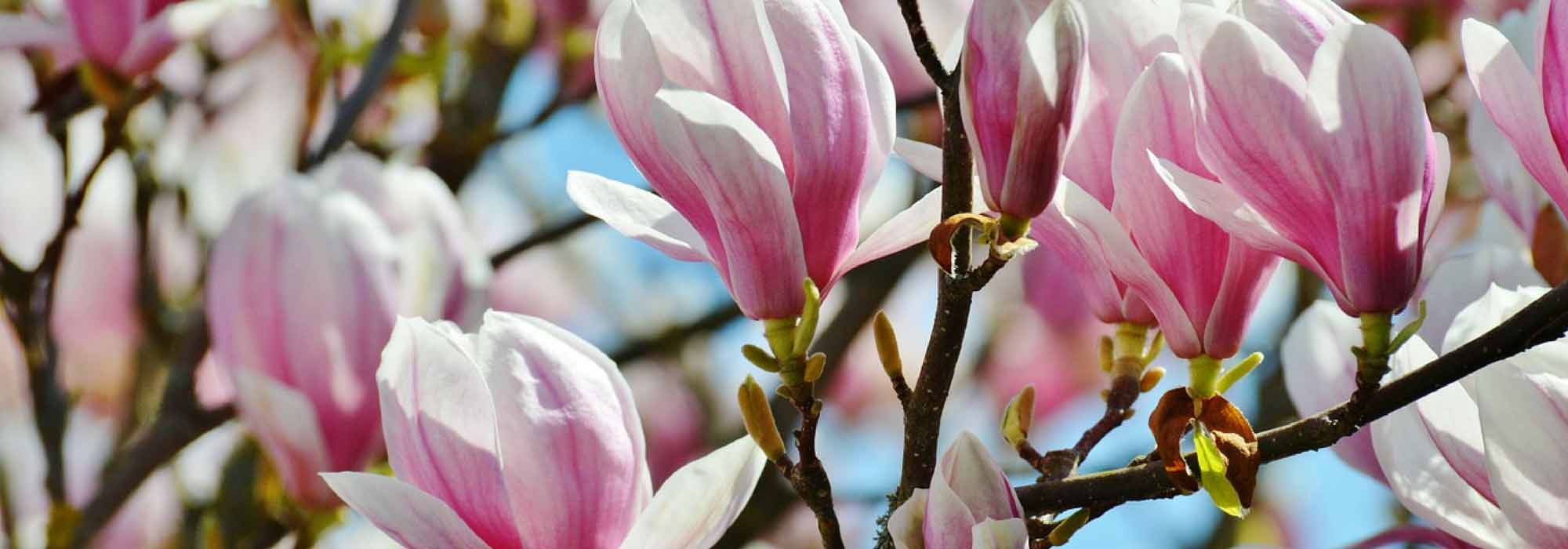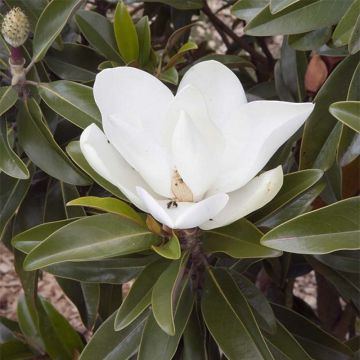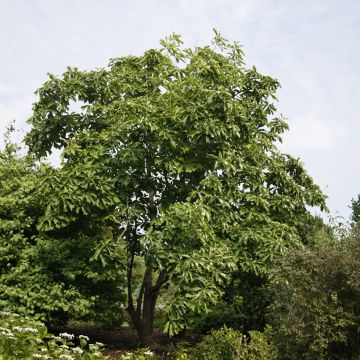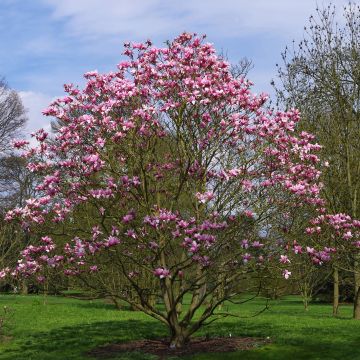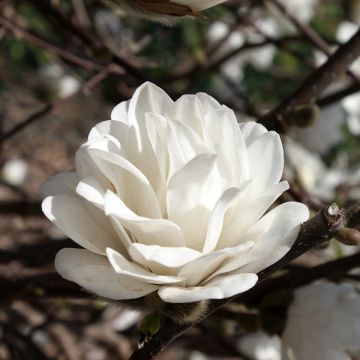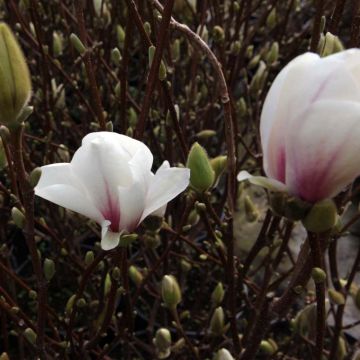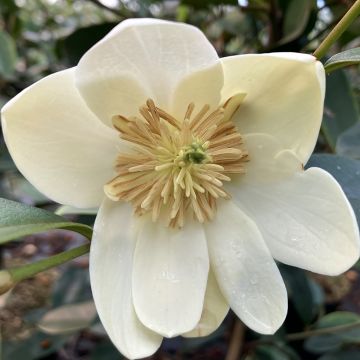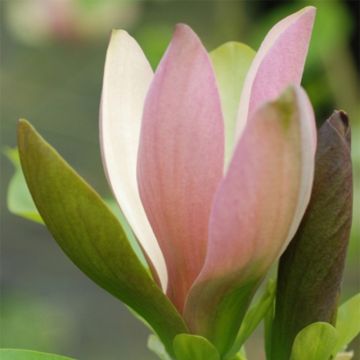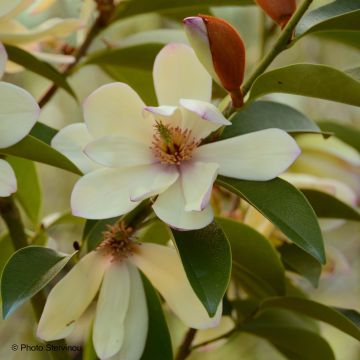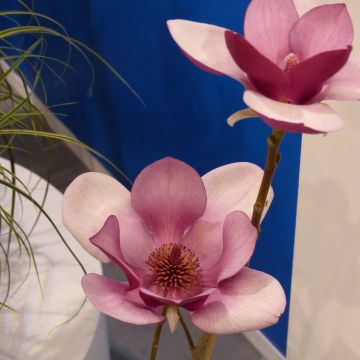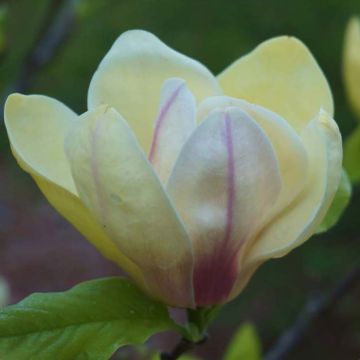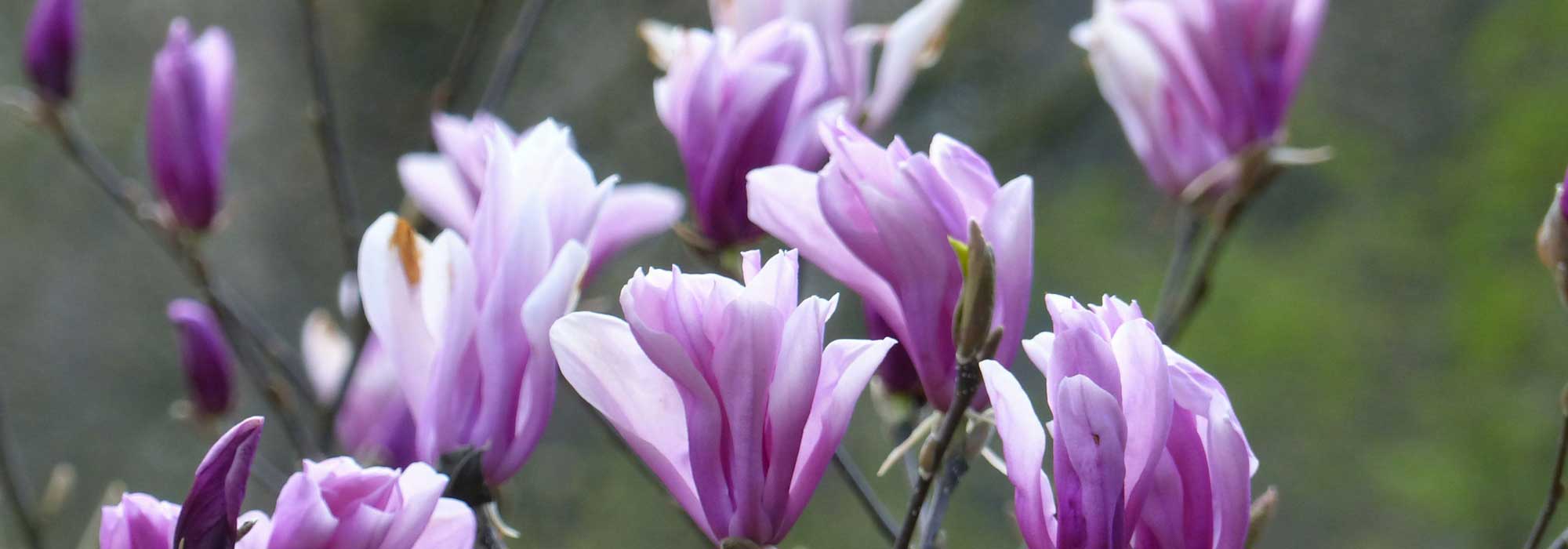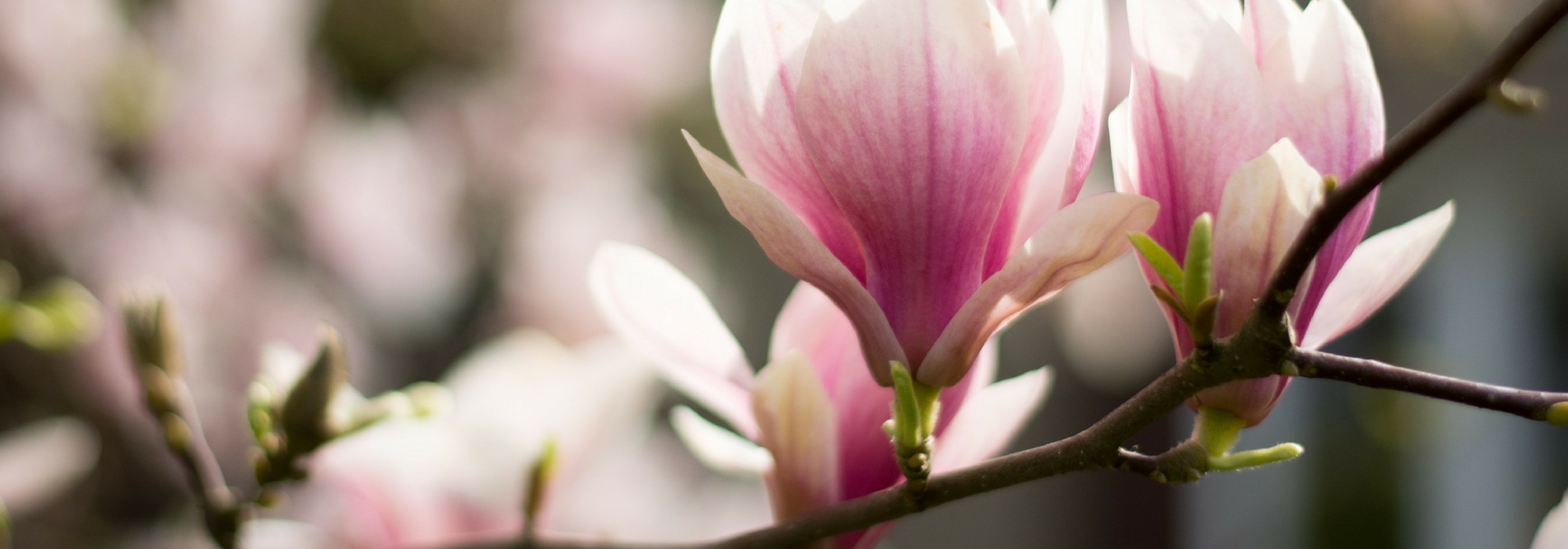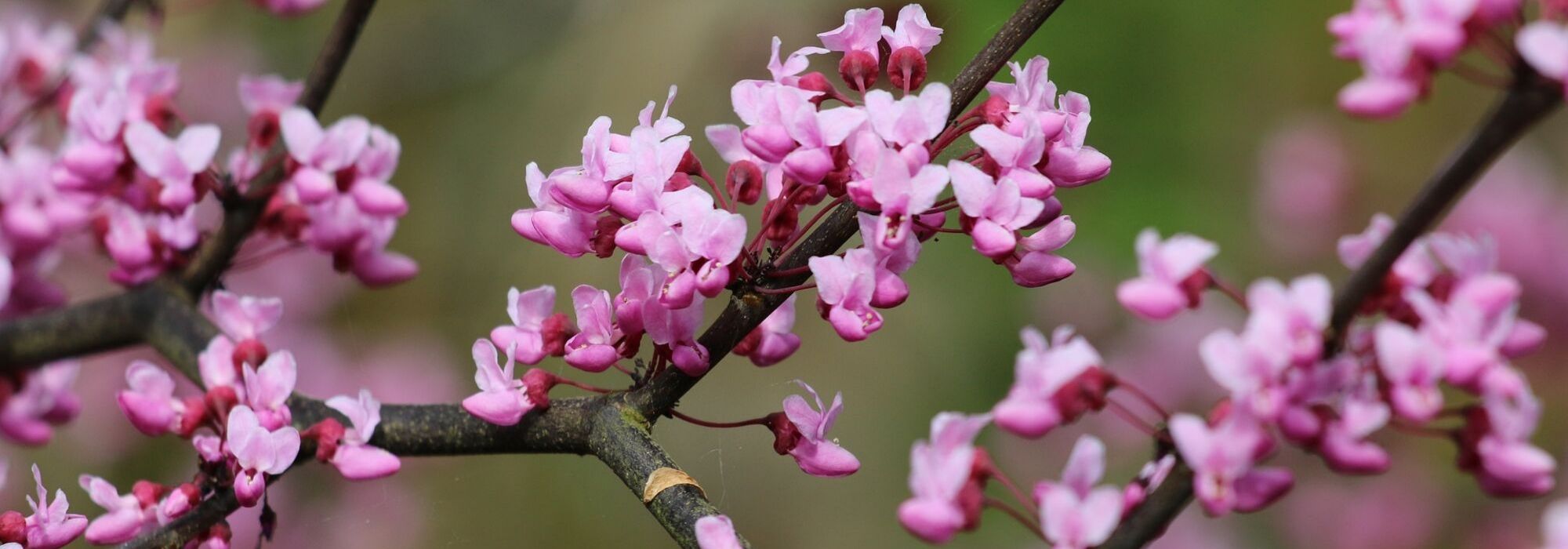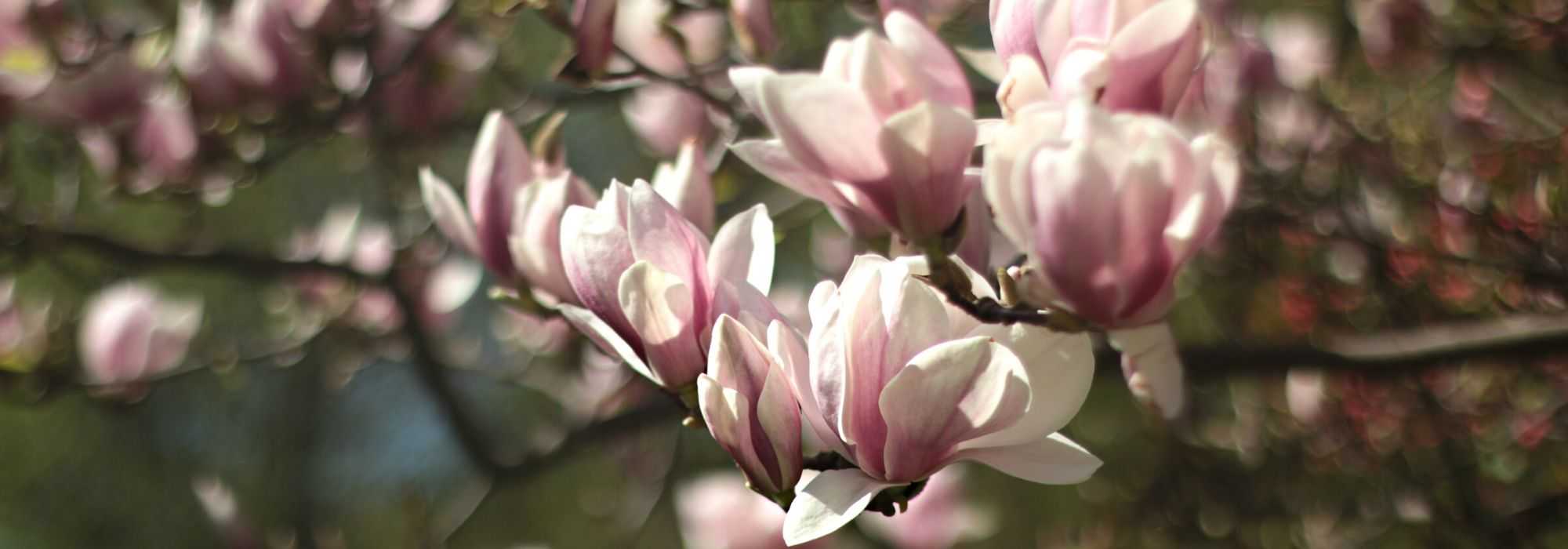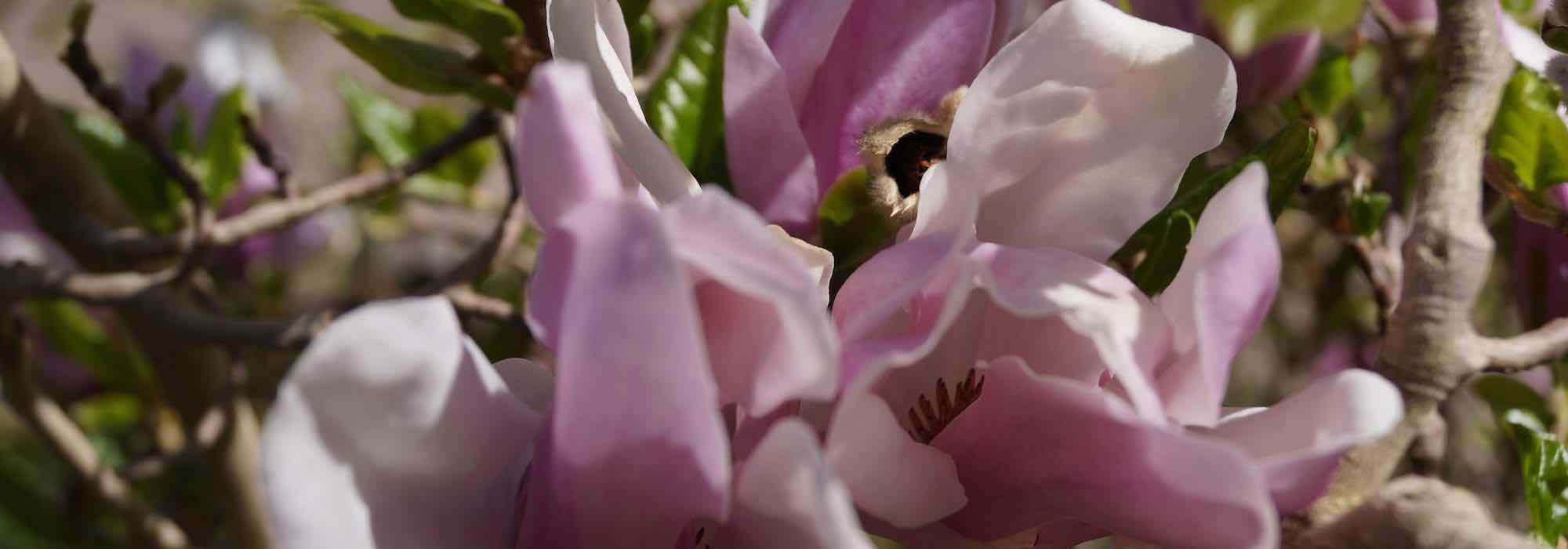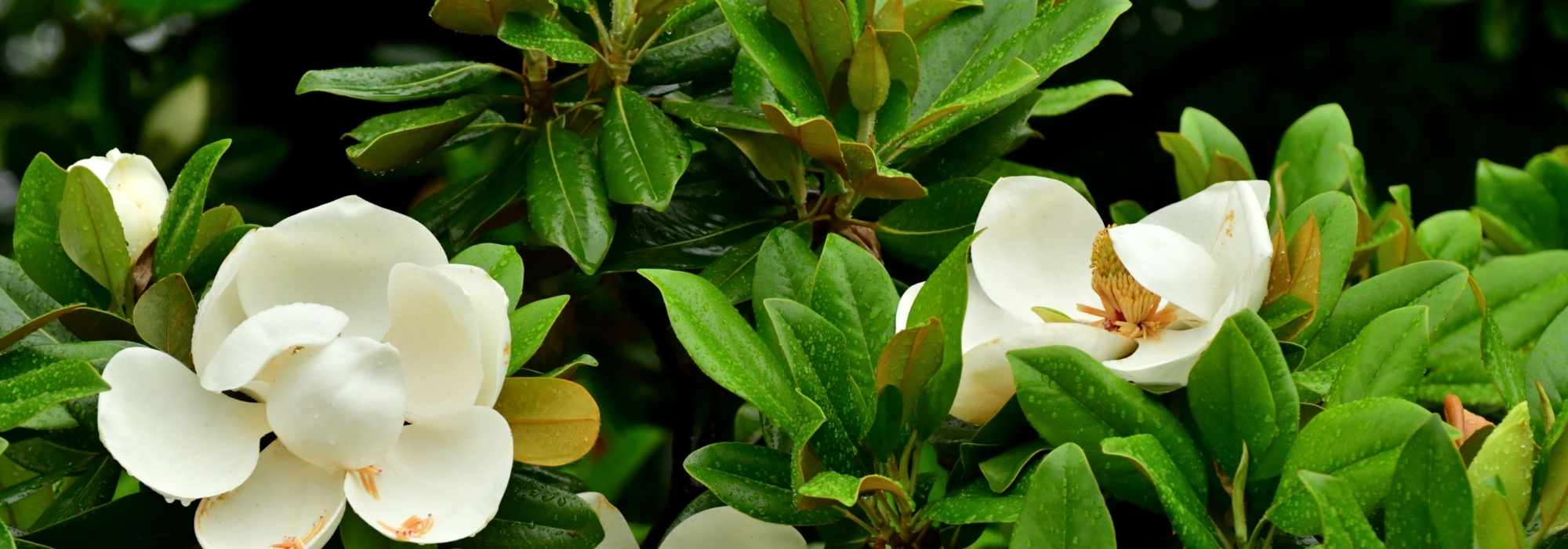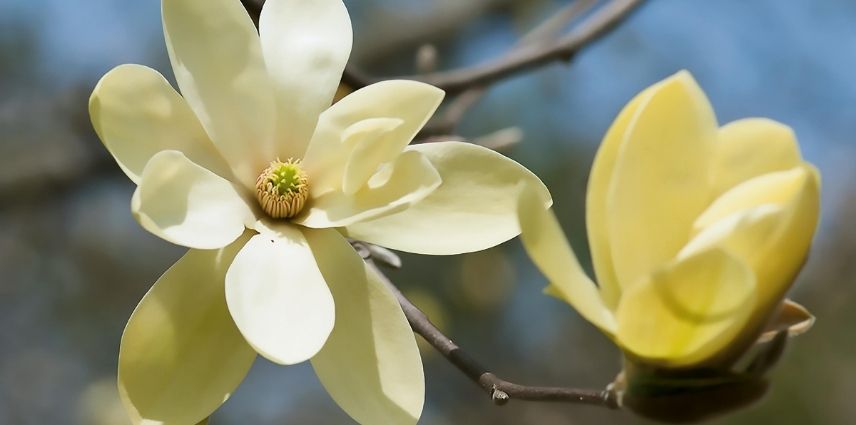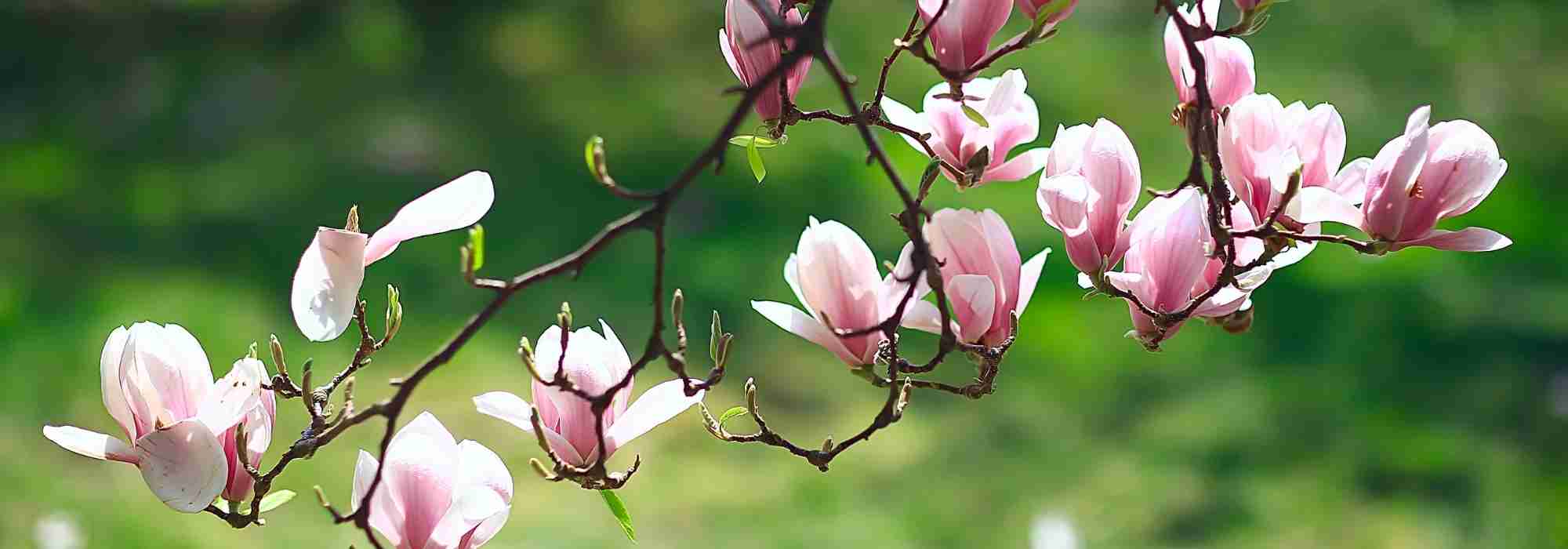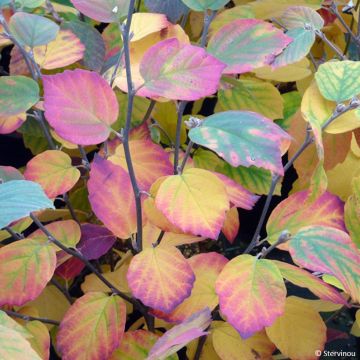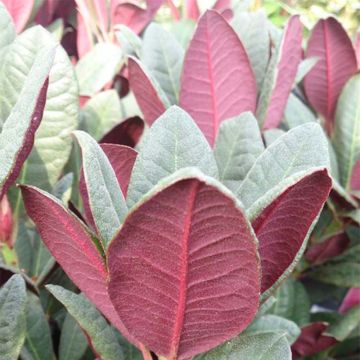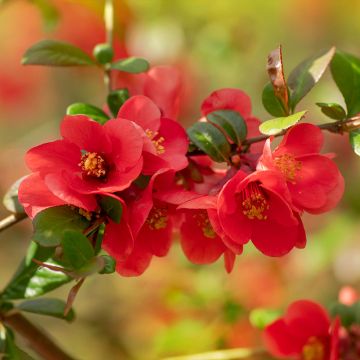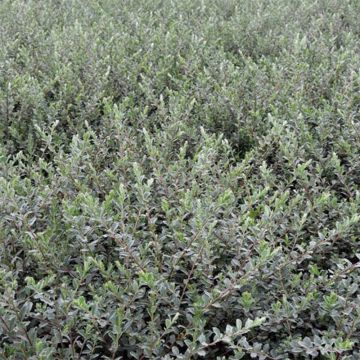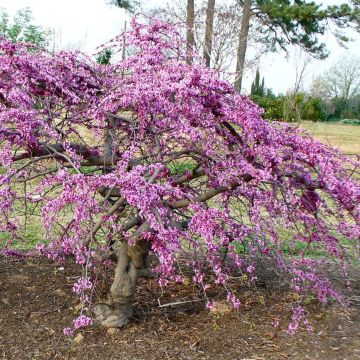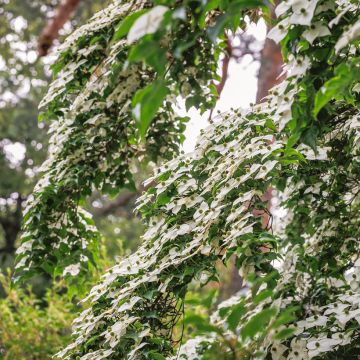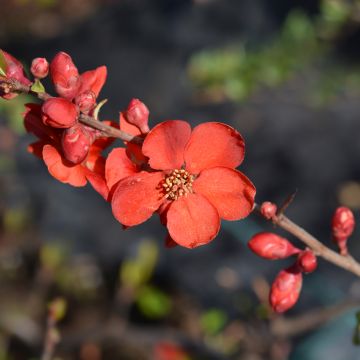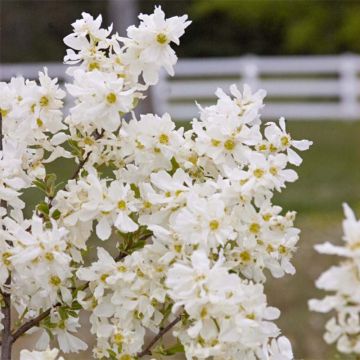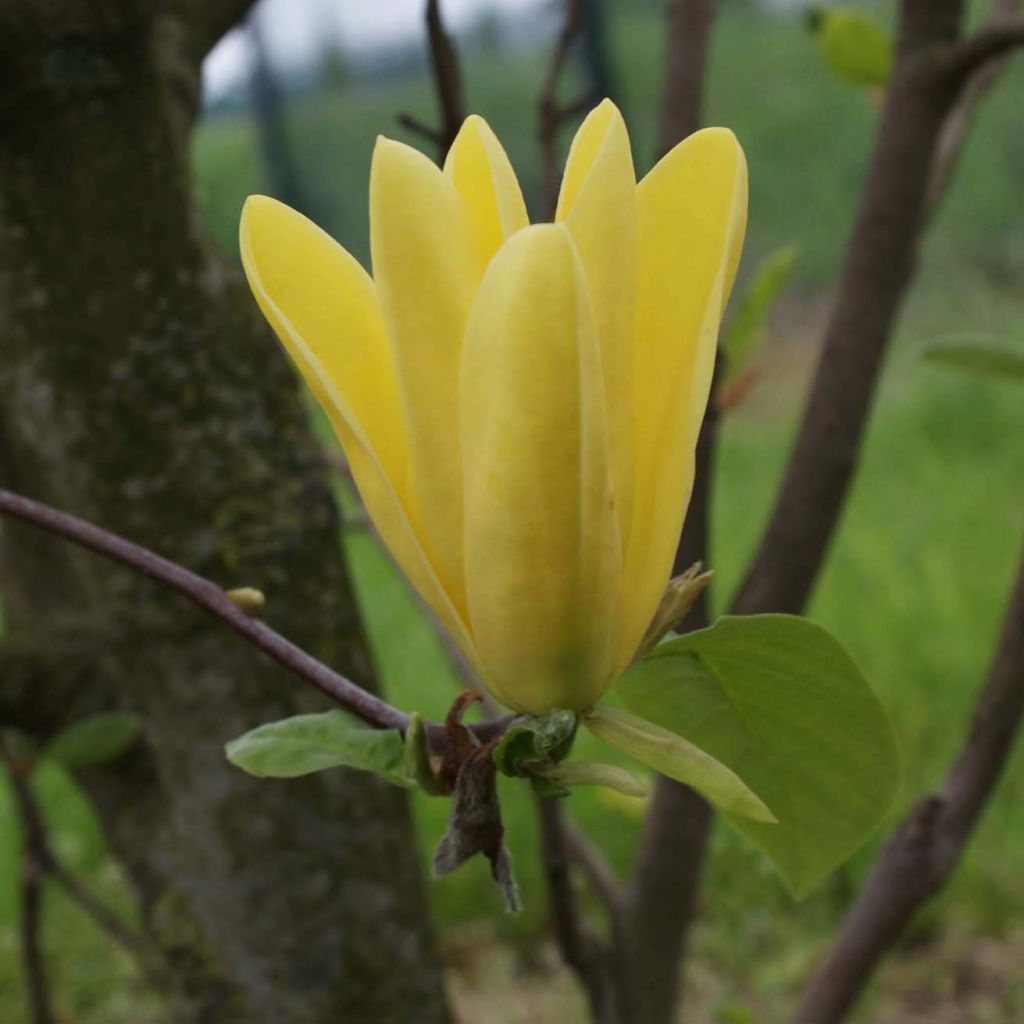

Magnolia acuminata Daphne
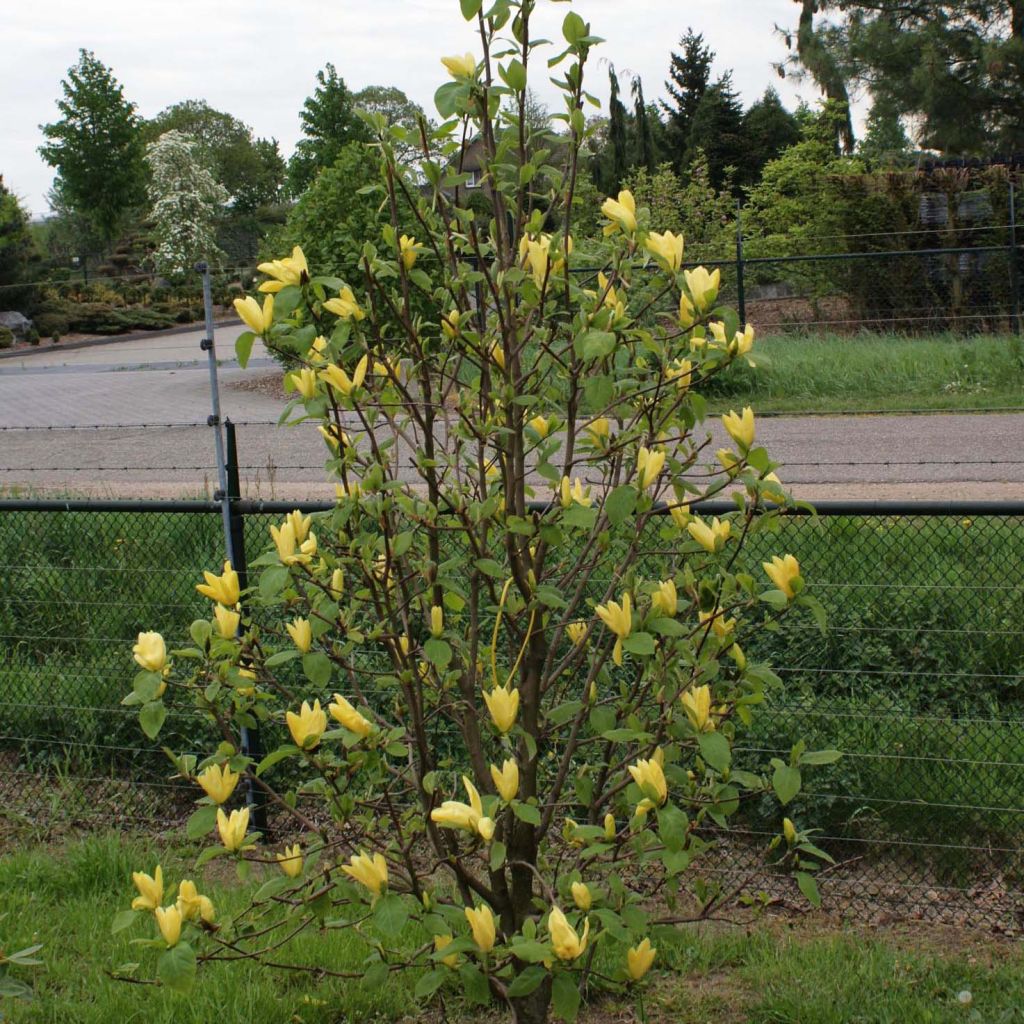

Magnolia acuminata Daphne
Magnolia acuminata Daphne
Magnolia x acuminata Daphne
Magnolia
Shrub planted for two years and bearing magnificent foliage even though it hasn't bloomed yet! This spring should see the first flowers.
Isabelle, 11/03/2024
Special offer!
Receive a €20 voucher for any order over €90 (excluding delivery costs, credit notes, and plastic-free options)!
1- Add your favorite plants to your cart.
2- Once you have reached €90, confirm your order (you can even choose the delivery date!).
3- As soon as your order is shipped, you will receive an email containing your voucher code, valid for 3 months (90 days).
Your voucher is unique and can only be used once, for any order with a minimum value of €20, excluding delivery costs.
Can be combined with other current offers, non-divisible and non-refundable.
Home or relay delivery (depending on size and destination)
Schedule delivery date,
and select date in basket
This plant carries a 24 months recovery warranty
More information
We guarantee the quality of our plants for a full growing cycle, and will replace at our expense any plant that fails to recover under normal climatic and planting conditions.

Does this plant fit my garden?
Set up your Plantfit profile →
Description
The Magnolia Daphne is an exceptional hybrid with intensely yellow, long-lasting, highly fragrant flowers. A small deciduous tree, still rare, resulting from a cross with Magnolia acuminata, it blooms abundantly in early spring, before the leaves appear, so as not to overshadow the flowers. Its slow growth and moderate development make it suitable for a small-sized garden, where it will quickly become the highlight of spring. Unforgettable, like all magnolias in flower, this one is a treasure for the garden. Plant it in a climate that is not too harsh, ordinary but moist soil, and a sunny to semi-shaded position.
This yellow-flowered Magnolia, a member of the Magnoliaceae family, is a third-generation Belgian cultivar, resulting from a cross between Magnolia acuminata var. subcordata 'Miss Honeybee' and Magnolia Gold Crown. It has inherited yellow flowers (which have become more intense), as well as good tolerance of a slight alkalinity from both its parents. The exact hardiness of this magnolia is not yet well established, but it seems perfectly hardy down -12°C (10.4 °F). A branching tree with an upright shape, taller than wide, at maturity it will be about 4 m (13 ft) high, with a spread of 2 m (6.5ft) and after 10 years 2m (6.5ft) high. Its slow growth will keep it at even more modest dimensions for a long time. It often has an airy habit, growing on a single trunk. The base of its leaves is contracted, and their rounded tip is briefly acuminate. Its deciduous foliage consists of obovate, medium green leaves, paler and finely-haired on the underside, turning yellow-brown in autumn, and measuring 10 to 15 cm (3.9 - 5.9 in) long. In April-May, before the leaves appear, large, solitary, erect, fragrant flowers with large, bright yellow petals appear at the end of the branches. These flowers open from buds protected by silky bracts and are formed by 14 thick, waxy tepals (indistinguishable sepals and petals), opening widely and measuring up to 15 cm (5.9 in) in diameter, with numerous yellow stamens. Its bark is aromatic when young.
This Magnolia Daphne, the ultimate ornamental tree, will look as wonderful in a small-sized garden as a vast park. It is most often used as a free-standing specimen in the middle of a lawn, where its remarkable spring flowers are most effective. But once flowering is over, the small tree becomes discreet again. To follow on from it, you can also consider other shrubs such as mock oranges, lilacs, beauty bushes, roses, and many others. The Magnolia Daphne can also be used in a border of ericaceous shrubs (Rhododendrons, Camellias, Hydrangeas, Pieris, Daphne...), for a Japanese-style garden. You can also create beautiful flowering hedges along paths, alternating this Magnolia with other cultivars (Magnolia grandiflora, stellata, Magnolia denudata...).
A few facts:
Magnolias are ancient trees with fossils dating back more than 20 million years. Their magnificent flowers are considered some of the most primitive: their flowers are very close to the earliest existing flowers in evolutionary terms.
The bark of magnolias has medicinal properties and is used in cosmetics. Their wood is considered precious.
A bit of history:
It was named Magnolia in 1703 by Charles Plumier, botanist to King Louis XIV, paying tribute to the physician-botanist Pierre Magnol (1638-1715), who was one of the directors of the Botanical Garden of Montpellier at the end of the 17th century. Its species name, soulangeana, comes from Etienne Soulange-Bodin (1774-1846), a retired cavalry officer in Napoleon's army, who devoted himself to horticulture. At his château in Fromont, near Paris, he became passionate about Magnolias and bred this hybrid in 1829, which is now the source of a magnificent lineage of cultivars!
Magnolia acuminata Daphne in pictures
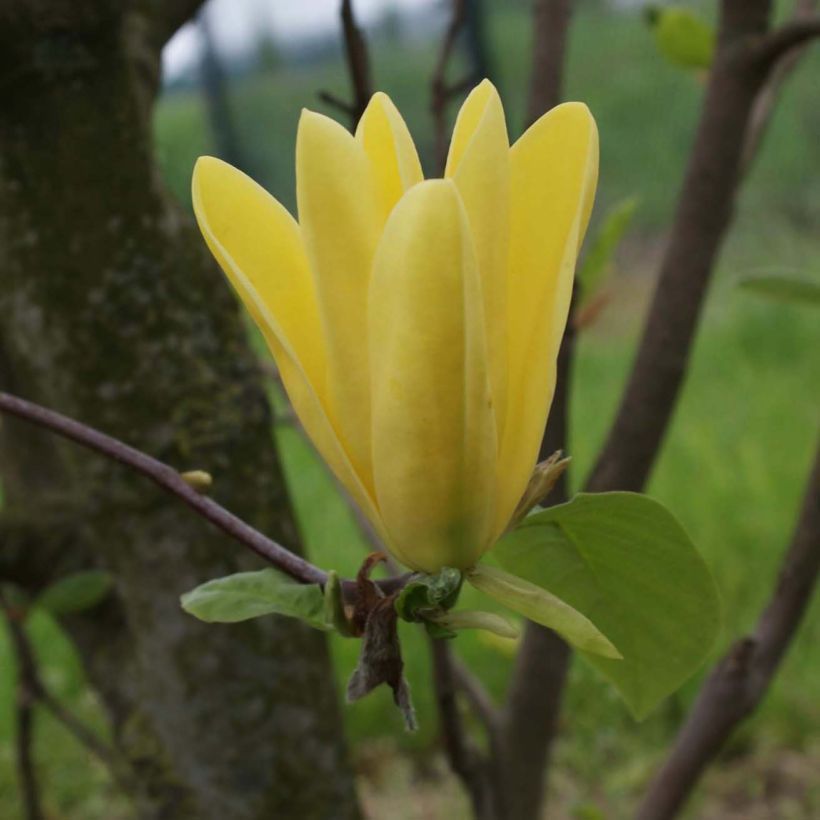

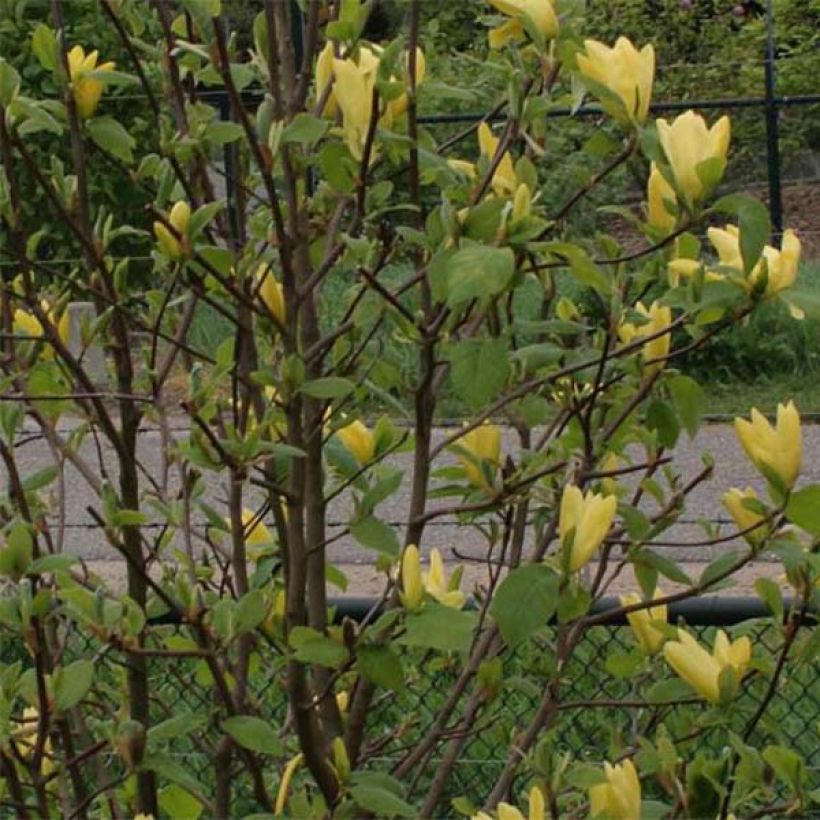

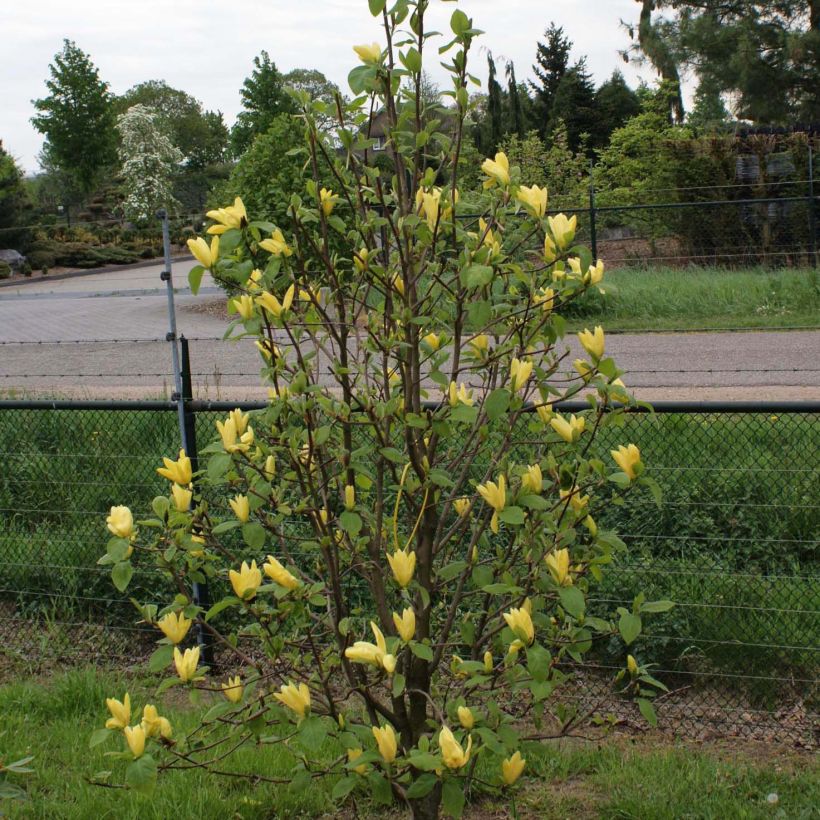

Plant habit
Flowering
Foliage
Botanical data
Magnolia
x acuminata
Daphne
Magnoliaceae
Magnolia
Cultivar or hybrid
Other Magnolia
View all →Planting and care
The 'Daphne' magnolia prefers sheltered, sunny to semi-shaded positions, in a moist, well-drained, rich soil, neutral, acidic or even alkaline. It is not fussy about the quality of the soil. However, it does not like soil that is too dry, windy locations or competition from other roots, as its root system is shallow. Of average hardiness, not yet completely established, it seems capable of withstanding temperatures as low as -12°C (10.4 °F) without any problem. It is best to plant it in milder area and protect young plants from frost during the first few years after planting. It should be noted that late frosts and cold winds can damage the flower buds and young leaves, affecting flowering. Magnolias can be planted in spring or autumn, outside of frosty periods, taking care to protect them from cold winds. Prepare a planting hole 80 cm (31.5 in) wide and deep, and add a good amount of ericaceous soil and compost. Be gentle when placing the plant in the hole to avoid breaking the fleshy yet fragile roots. Immediately water with alkaline-free water (rainwater) to settle the soil around the roots. During the first year, the Magnolia should be watered once a week. It will appreciate an annual soil amendment in spring. It is recommended to mulch around the base of the plant to maintain moisture during hot seasons, enrich the soil, and protect it from winter cold. As its roots are fragile, transplanting should be avoided. The Magnolia's enemies are parasites such as scale insects, snails, and slugs that attack young plants, as well as fungal diseases like root rot (in overly waterlogged soil), coral disease and leaf blight (Pestalozzia). It is worth noting that magnolias are ornamental trees that tolerate air pollution well.
Planting period
Intended location
Care
Planting & care advice
-
, onOrder confirmed
Reply from on Promesse de fleurs
Similar products
Haven't found what you were looking for?
Hardiness is the lowest winter temperature a plant can endure without suffering serious damage or even dying. However, hardiness is affected by location (a sheltered area, such as a patio), protection (winter cover) and soil type (hardiness is improved by well-drained soil).

Photo Sharing Terms & Conditions
In order to encourage gardeners to interact and share their experiences, Promesse de fleurs offers various media enabling content to be uploaded onto its Site - in particular via the ‘Photo sharing’ module.
The User agrees to refrain from:
- Posting any content that is illegal, prejudicial, insulting, racist, inciteful to hatred, revisionist, contrary to public decency, that infringes on privacy or on the privacy rights of third parties, in particular the publicity rights of persons and goods, intellectual property rights, or the right to privacy.
- Submitting content on behalf of a third party;
- Impersonate the identity of a third party and/or publish any personal information about a third party;
In general, the User undertakes to refrain from any unethical behaviour.
All Content (in particular text, comments, files, images, photos, videos, creative works, etc.), which may be subject to property or intellectual property rights, image or other private rights, shall remain the property of the User, subject to the limited rights granted by the terms of the licence granted by Promesse de fleurs as stated below. Users are at liberty to publish or not to publish such Content on the Site, notably via the ‘Photo Sharing’ facility, and accept that this Content shall be made public and freely accessible, notably on the Internet.
Users further acknowledge, undertake to have ,and guarantee that they hold all necessary rights and permissions to publish such material on the Site, in particular with regard to the legislation in force pertaining to any privacy, property, intellectual property, image, or contractual rights, or rights of any other nature. By publishing such Content on the Site, Users acknowledge accepting full liability as publishers of the Content within the meaning of the law, and grant Promesse de fleurs, free of charge, an inclusive, worldwide licence for the said Content for the entire duration of its publication, including all reproduction, representation, up/downloading, displaying, performing, transmission, and storage rights.
Users also grant permission for their name to be linked to the Content and accept that this link may not always be made available.
By engaging in posting material, Users consent to their Content becoming automatically accessible on the Internet, in particular on other sites and/or blogs and/or web pages of the Promesse de fleurs site, including in particular social pages and the Promesse de fleurs catalogue.
Users may secure the removal of entrusted content free of charge by issuing a simple request via our contact form.
The flowering period indicated on our website applies to countries and regions located in USDA zone 8 (France, the United Kingdom, Ireland, the Netherlands, etc.)
It will vary according to where you live:
- In zones 9 to 10 (Italy, Spain, Greece, etc.), flowering will occur about 2 to 4 weeks earlier.
- In zones 6 to 7 (Germany, Poland, Slovenia, and lower mountainous regions), flowering will be delayed by 2 to 3 weeks.
- In zone 5 (Central Europe, Scandinavia), blooming will be delayed by 3 to 5 weeks.
In temperate climates, pruning of spring-flowering shrubs (forsythia, spireas, etc.) should be done just after flowering.
Pruning of summer-flowering shrubs (Indian Lilac, Perovskia, etc.) can be done in winter or spring.
In cold regions as well as with frost-sensitive plants, avoid pruning too early when severe frosts may still occur.
The planting period indicated on our website applies to countries and regions located in USDA zone 8 (France, United Kingdom, Ireland, Netherlands).
It will vary according to where you live:
- In Mediterranean zones (Marseille, Madrid, Milan, etc.), autumn and winter are the best planting periods.
- In continental zones (Strasbourg, Munich, Vienna, etc.), delay planting by 2 to 3 weeks in spring and bring it forward by 2 to 4 weeks in autumn.
- In mountainous regions (the Alps, Pyrenees, Carpathians, etc.), it is best to plant in late spring (May-June) or late summer (August-September).
The harvesting period indicated on our website applies to countries and regions in USDA zone 8 (France, England, Ireland, the Netherlands).
In colder areas (Scandinavia, Poland, Austria...) fruit and vegetable harvests are likely to be delayed by 3-4 weeks.
In warmer areas (Italy, Spain, Greece, etc.), harvesting will probably take place earlier, depending on weather conditions.
The sowing periods indicated on our website apply to countries and regions within USDA Zone 8 (France, UK, Ireland, Netherlands).
In colder areas (Scandinavia, Poland, Austria...), delay any outdoor sowing by 3-4 weeks, or sow under glass.
In warmer climes (Italy, Spain, Greece, etc.), bring outdoor sowing forward by a few weeks.






























